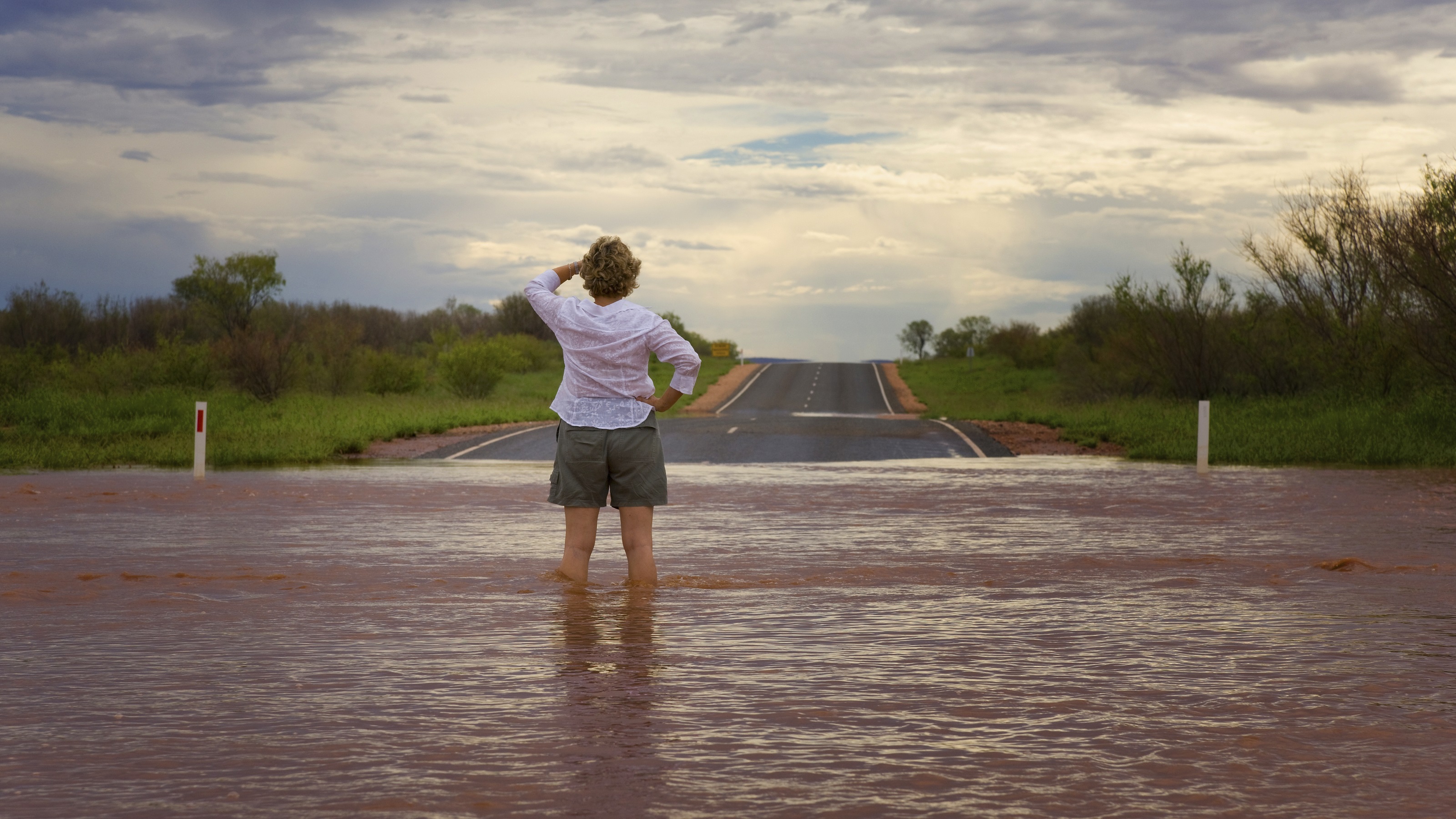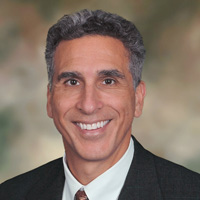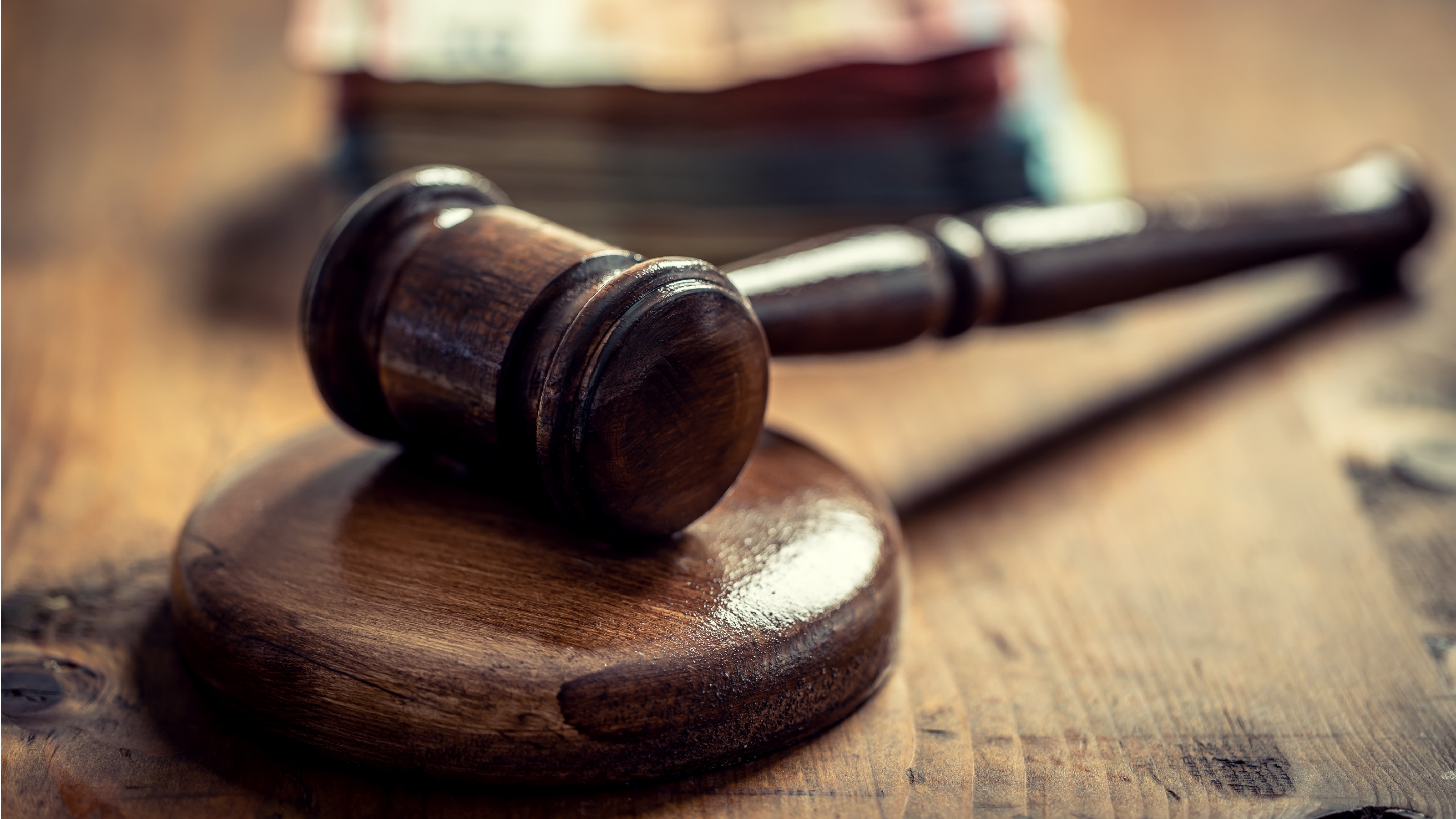Can You Protect Your Retirement From Natural Disasters?
Hurricanes, wildfires and floods have wreaked havoc in the U.S. this year. Having a disaster plan in place could help protect you financially in the moment and the aftermath.


When a natural disaster strikes, you want to be prepared so you can get through it. The desire applies to protecting your retirement plan, too.
Hurricane Ian, the wildfires in Arizona, spring tornadoes in Kentucky, and the Montana floods are a few natural disasters that the United States has endured in 2022. According to the National Oceanic and Atmospheric Administration (NOAA), these, along with several other weather and climate disasters in 2022, amassed almost $30 billion in losses through the end of September.
No one can predict when disaster strikes, but when it does, being prepared could be the key to getting through it. At Retirement Planners of America, we help retirees build a plan to help prepare them for different disasters and to mitigate risks to their retirement plan.

Sign up for Kiplinger’s Free E-Newsletters
Profit and prosper with the best of expert advice on investing, taxes, retirement, personal finance and more - straight to your e-mail.
Profit and prosper with the best of expert advice - straight to your e-mail.
We believe it’s essential to keep your risk at a manageable level to you. We have a core value of discipline, which means we only want to take as much risk as necessary to accomplish your financial goals. So, if you’re taking more risk than you need to, when the disaster strikes or the bad times come, you could lose more than you are comfortable with.
Have a Strategy to Deal With Financial Storms
So, the first step to help determine how much risk is appropriate for you, and then work to build a portfolio that is designed to match the level of risk you’re taking. So, for us, that means being diversified in the makeup of what you have in your portfolio, or the collection of financial investments you have. They are part of the decision making leading you to the amount of risk necessary to accomplish your goals.
The next step: We at RPOA believe that you should have a protection strategy, where there are times when you take your entire portfolio to cash. This strategy, our Invest and Protect Strategy, has helped us shield our clients from devastating losses during previous financial storms.
The strategy signaled us to help protect our clients from the current financial storm. That's why we told our clients to get out of all equities in April, and soon after that, we also said to get out of all bonds, because of the storm the Fed was generating in the bond market with the rising interest rates. We like to think of this as taking our clients down into the storm shelter, where we're riding out the storm.
We believe having a strategy that caps your losses is important. It was Kenny Rogers who sang, “You’ve got to know when to hold ’em, know when to fold ’em.” And there are times if there's a bad enough financial storm coming, that maybe it's time to fold ’em.
Prepare Financially Before Disaster Strikes
When disaster strikes, it’s all about preparation. We believe that preparation relates to your finances, too. So, if you're still working, then we advise that you should have three to six months of expenses in cash. That way, if something terrible were to happen, either in of the market, or because of a natural disaster, you've got cash on hand to help cover you.
If you are retired, then we believe you should have six months to a year of expenses in cash. When the market is not working in your favor, we don't want you to be drawing money out of your investments while they're dropping in value at the same time. So, we want you to be able to live on that cash for a while, let the market go crazy and do what it does, and then consider going back to living on your investments. At that point, you’ll need to replenish your cash account, and rinse and repeat.
Put Together a Financial First Aid Kit
First aid kits can be necessary in disasters, and we feel the same goes for financial first aid kits. While we think your emergency fund in cash is a good place to start, but we also think having some actual cash in hand in case your ability to get cash is hindered. When natural disasters strike, electricity may be down, meaning the ATM won’t work, and credit card payments might not go through.
So, you probably want to have enough cash on hand to be able to buy food and water and whatever else you need for about a week. It doesn't have to be thousands of dollars, but we think it should be enough to get you past that first week after a natural disaster.
Plan, Plan, Plan
A plan is integral to helping you get through tough situations, including natural disasters. Because we want you to have financial peace of mind, we advise you to make your plan about five to ten years before retirement. At RPOA, our goal is to help make your money last as long as you do.
Don’t get caught when disaster strikes. If you’re 50 or over, we believe the time to plan is now, not when you’re in the middle of retirement or in the midst of a disaster. Confucius said, “A man who does not plan long ahead will find trouble at his door.”
All expressions of opinion reflect the judgment of the author, Ken Moraif, as of the date of publication and are subject to change. Ken Moraif is a controlling owner and investment adviser representative of MMWKM Advisors, LLC, doing business as Retirement Planners of America (“RPOA”), which is an SEC registered investment adviser. Registration as an investment adviser is not an endorsement by securities regulators and does not imply that ROPA has attained a certain level of skill, training, or ability. Ken Moraif has worked in the financial services industry since 1988. He has been a CERTIFIED FINANCIAL PLANNER™ professional since 1998. Certified Financial Planner Board of Standards Inc. owns the certification marks CFP®, Certified Financial Planner™ and federally registered CFP (with flame design) in the U.S., which it awards to individuals who successfully complete CFP Board’s initial and ongoing certification requirements.
This article should not be construed as a solicitation to effect, or attempt to effect transactions in securities, or the rendering of personalized investment advice. Any target referenced in this article is not a prediction or projection of actual results and there can be no assurance that any target will be achieved. RPOA makes no warranty, express or implied, for any decision taken by any party in reliance upon the information discussed.
All investment strategies have the potential for profit or loss. Investment strategies such as diversification do not assure or guarantee better performance and cannot eliminate the risk of investment losses. There is no guarantee that a portfolio employing these or any other strategy will outperform a portfolio that does not engage in such strategies. Economic factors, market conditions, and investment strategies will affect the performance of any portfolio and there are no assurances that it will match or outperform any benchmark. Past performance is not indicative of future results. Different types of investments involve varying degrees of risk, and there can be no assurance that the future performance of any specific investment or investment strategy will be profitable or equal any historical performance levels.
The Invest and Protect Strategy refers to a strategy RPOA fundamentally employs for its clients. RPOA previously employed a similar strategy that it referred to as the “buy, hold, and sell” strategy or “buy hold, and protect” strategy. Ken Moraif is the author of “Buy Hold & Sell: The investment strategy that could save you from the next market crash.” Although the name of this book is similar to the Strategy, it is not an actual representation of how Retirement Planners of America would manage its clients’ assets or a representation of its benefits.
Historic references to recommendations made under the strategy that predate 2011; and statements such as and similar to: “we told our clients to be out of the market in 2007 and 2008,” “we told our clients to get back into the market in 2009,” and “clients that followed our advice were out of the market in 2008;” refer to strategies collectively employed and recommendations collectively made by RPOA’s principals while employed at Eagle Strategies, LLC., and also at Cambridge Investment Research Advisors, Inc. Three of the five principals remain as principals today, including founder, Ken Moraif. RPOA has been employing the Strategy since its inception in 2011. Therefore, any references to RPOA’s performance or its investment advisory recommendations predating 2011 generally refer to recommendations made by its principals at the respective other firms described above.
Readers of this article should not rely on the content as the sole basis for any investment decisions. A professional adviser should be consulted and/or independent due diligence should be conducted before implementing any of the options directly or indirectly referenced. Any hyperlinks included this article are provided as a convenience for educational and informational purposes only. RPOA does not make any representations or warranties as to the accuracy, timeliness, suitability, completeness, or relevance of any information prepared by any unaffiliated third party, whether hyperlinked within the article or otherwise incorporated herein, and takes no responsibility for the same.
Get Kiplinger Today newsletter — free
Profit and prosper with the best of Kiplinger's advice on investing, taxes, retirement, personal finance and much more. Delivered daily. Enter your email in the box and click Sign Me Up.

Ken Moraif is the CEO and founder of Retirement Planners of America (RPOA), a Dallas-based wealth management and investment firm with over $3.58 billion in assets under management and serving 6,635 households in 48 states (as of Dec. 31, 2023).
-
 6 Stunning Waterfront Homes for Sale Around the US
6 Stunning Waterfront Homes for Sale Around the USFrom private peninsulas to lakes, bayous and beyond, Kiplinger's "Listed" series brings you another selection of dream homes for sale on the waterfront.
By Charlotte Gorbold Published
-
 Six Reasons to Disinherit Someone and How to Do It
Six Reasons to Disinherit Someone and How to Do ItWhether you're navigating a second marriage, dealing with an estranged relative or leaving your assets to charity, there are reasons to disinherit someone. Here's how.
By Donna LeValley Published
-
 Should You Still Wait Until 70 to Claim Social Security?
Should You Still Wait Until 70 to Claim Social Security?Delaying Social Security until age 70 will increase your benefits. But with shortages ahead, and talk of cuts, is there a case for claiming sooner?
By Evan T. Beach, CFP®, AWMA® Published
-
 Retirement Planning for Couples: How to Plan to Be So Happy Together
Retirement Planning for Couples: How to Plan to Be So Happy TogetherPlanning for retirement as a couple is a team sport that takes open communication, thoughtful planning and a solid financial strategy.
By Andrew Rosen, CFP®, CEP Published
-
 Market Turmoil: What History Tells Us About Current Volatility
Market Turmoil: What History Tells Us About Current VolatilityThis up-and-down uncertainty is nerve-racking, but a look back at previous downturns shows that the markets are resilient. Here's how to ride out the turmoil.
By Michael Aloi, CFP® Published
-
 Could You Retire at 59½? Five Considerations
Could You Retire at 59½? Five ConsiderationsWhile some people think they should wait until they're 65 or older to retire, retiring at 59½ could be one of the best decisions for your quality of life.
By Joe F. Schmitz Jr., CFP®, ChFC® Published
-
 Home Insurance: How to Cut Costs Without Losing Coverage
Home Insurance: How to Cut Costs Without Losing CoverageNatural disasters are causing home insurance premiums to soar, but don't risk dropping your coverage completely when there are ways to keep costs down.
By Jared Elson, Investment Adviser Published
-
 Markets Roller Coaster: Resist the Urge to Make Big Changes
Markets Roller Coaster: Resist the Urge to Make Big ChangesYou could do more harm than good if you react emotionally to volatility. Instead, consider tax-loss harvesting, Roth conversions and how to plan for next time.
By Frank J. Legan Published
-
 Why Homeowners Insurance Has Gotten So Very Expensive
Why Homeowners Insurance Has Gotten So Very ExpensiveThe home insurance industry is seeing more frequent and bigger claims because of weather, wildfires and other natural disasters.
By Karl Susman, CPCU, LUTCF, CIC, CSFP, CFS, CPIA, AAI-M, PLCS Published
-
 Going Through Probate? How to Find the Right Attorney
Going Through Probate? How to Find the Right AttorneyJust having the skills and experience to do the job isn't enough. The probate attorney you hire needs to have the right temperament for your particular case.
By John R. Silva, Esq. Published